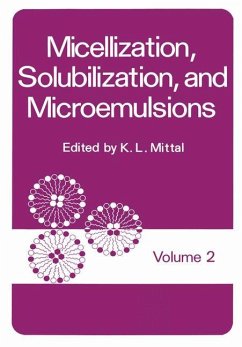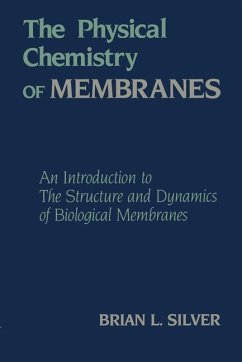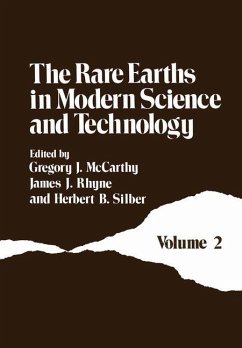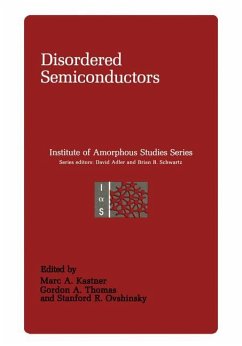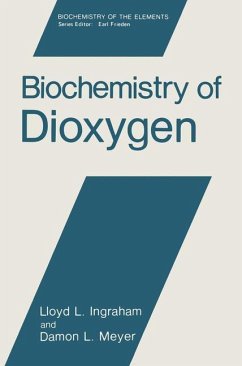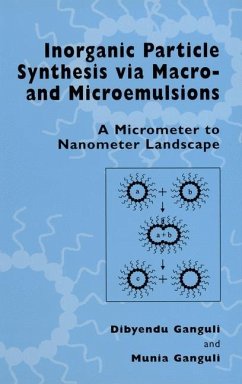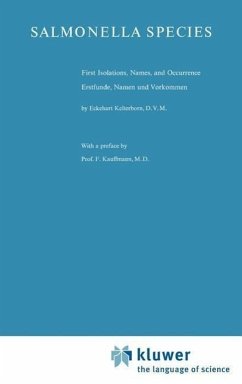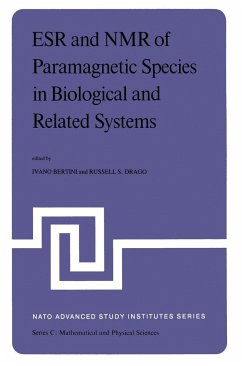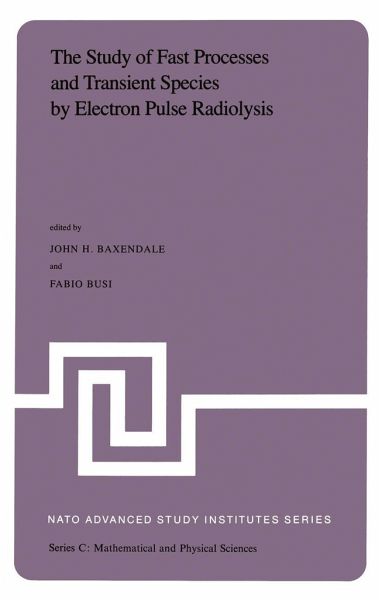
The Study of Fast Processes and Transient Species by Electron Pulse Radiolysis
Proceedings of the NATO Advanced Study Institute Held Ay Capri, Italy, 7-18 September, 1981
Herausgegeben: Baxendale, J. H.; Busi, F.
Versandkostenfrei!
Nicht lieferbar
This volume contains the lectures given at the NATO Advanced Study Institute "The Study of Fast Processes and Labile Species in Chemistry and Molecular Biology Using Ionising Radiation" held in Capri, Italy, September 7-l8th 1981. The aim of the Institute was to summarise the present position of the use of pulsed ionising radiation in chemical and biological chemical research. For background an outline of the basic radiation chemistry and physics involved and descriptions of techniques and equipment in current use was presented. It was followed by comprehensive coverage of the state of this re...
This volume contains the lectures given at the NATO Advanced Study Institute "The Study of Fast Processes and Labile Species in Chemistry and Molecular Biology Using Ionising Radiation" held in Capri, Italy, September 7-l8th 1981. The aim of the Institute was to summarise the present position of the use of pulsed ionising radiation in chemical and biological chemical research. For background an outline of the basic radiation chemistry and physics involved and descriptions of techniques and equipment in current use was presented. It was followed by comprehensive coverage of the state of this research to date in various areas of chemistry and biological chemistry. It was hoped to demonstrate to researchers not directly involved with ionising radiation how this technique is now at a stage in its development where it can have wider applications in various branches of chemistry and biology. The fifty participants did indeed form a wide spectrum of scientific interest covering inorganic, physical and organic chemistry, molecular physics, molecular biology, radiobiology and bacteriology. They also represented a wide variety of countries viz. Belgium, China, Denmark, France, Germany, Greece, Holland, Hungary, India, Italy, Poland, Turkey, U.S.A., U.K. and Yugoslavia.




